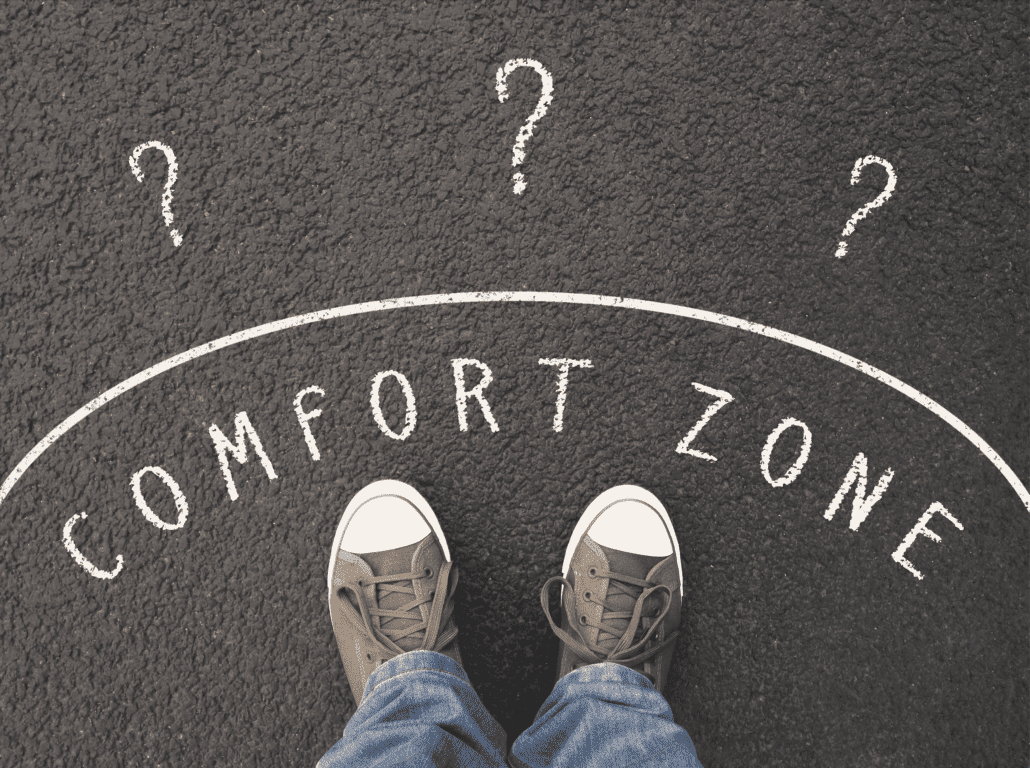Uncertainty still rules. As COVID-related restrictions ease in many places, the numbers of infections, hospitalizations and worse rise in others. With a world that continues to be in state of constant health and safety flux, how is a planner supposed to do what they do best — plan meetings and events — in such an uncertain environment?
Meeting professionals do not like uncertainty, and yet that’s about the only thing they’ve been able to depend on the past few years. And it looks like there won’t be any letup in sight. A U.S. judge has ruled that the CDC’s mask mandate on transit systems can be dropped — and airlines and airports are in fact dropping face covering requirements. COVID-era restrictions are easing outside of airports and train stations as well as many states drop their mask mandates and group gathering size guidelines. But, thanks to Omicron continuing to morph into subvariants and now sub-subvariants, infections are beginning to rise again in states from Alabama to Wisconsin. So the see-saw continues, with cities such as Philadelphia reinstituting its indoor mask mandate as COVID levels rise.
Uncertainty also is the keyword outside the U.S. as COVID rates rise in Japan as nearby countries loosen their restrictions. Shanghai remains in a COVID lockdown while Nordic countries are lifting restrictions. It’s a regular regulatory smorgasbord, no matter where in the world your group intends to travel. And tomorrow, it may all change yet again.
How is a planner supposed to plan, especially when their group intends to travel internationally, while the world remains in a COVID-induced state of uncertainty and constant change?
“Flexibility is the new buzz word!” says Leslie Zeck, CMP, CMM, HMCC, Director of Meetings, International Association for Dental Research, American Association for Dental, Oral, and Craniofacial Research.
“We are consistently updating and renegotiating our contracts, socially distancing meeting room set ups, reducing room blocks and revising banqueting requirements.” Her organization also, where possible is moving events to outdoor venues, and seeks out venues and hotels that have implemented high-quality air filtration and have windows or balconies that open to the outside. If those are not available, “We are bringing in our own Corsi-Rosenthal boxes to clean the air,” she says.
They also require attendees, vendors and presenters at their in-person events to verify their vaccination status and to continue wearing masks. But, as she says, you have to be ready to shift on a dime. “We actually had our international meeting planned for China in June and had to pivot to 100% virtual because of the travel restrictions and increased cases there.”
Steffi Kordy, Owner/Managing Director of Cocoon Incentives, agrees that uncertainty is here to stay. “Nothing is as constant as change! You can’t step in the same river twice and you can’t repeat the exact same event twice. This has always been like this, but now ever-the-more so.”
But that’s what meeting professionals do best, she adds. “I think professional meeting planners always have been up to the challenge, and we chose a job that is not repetitive but asks for adaptations to change. Sometimes it is the weather that doesn’t play along, sometimes it is an airline’s mechanics, sometime a client that changes things at the last minute.
“In today’s world, we really have to live up to the challenge, be more reliant, flexible and able to improvise. While a worldwide pandemic or war is not what we could have foreseen or wanted to happen, changes are part of what we do and have to cope with. We just have to make sure that stakeholders or attendees see it as well to appreciate what we do.”
You May Also Be Interested In
CDC Eases Health Restrictions on Cruising
New Study: F2F Meetings Offer Competitive Edge











